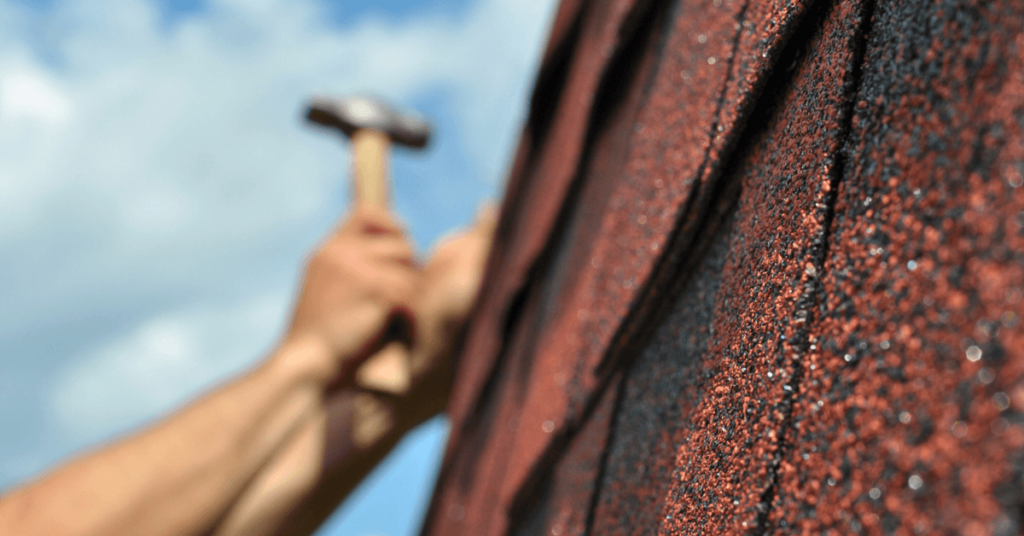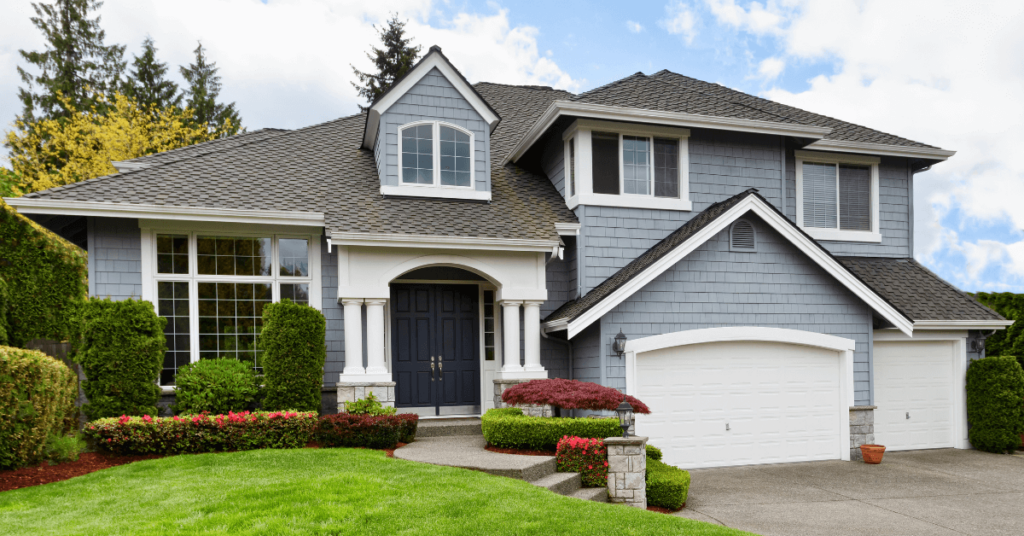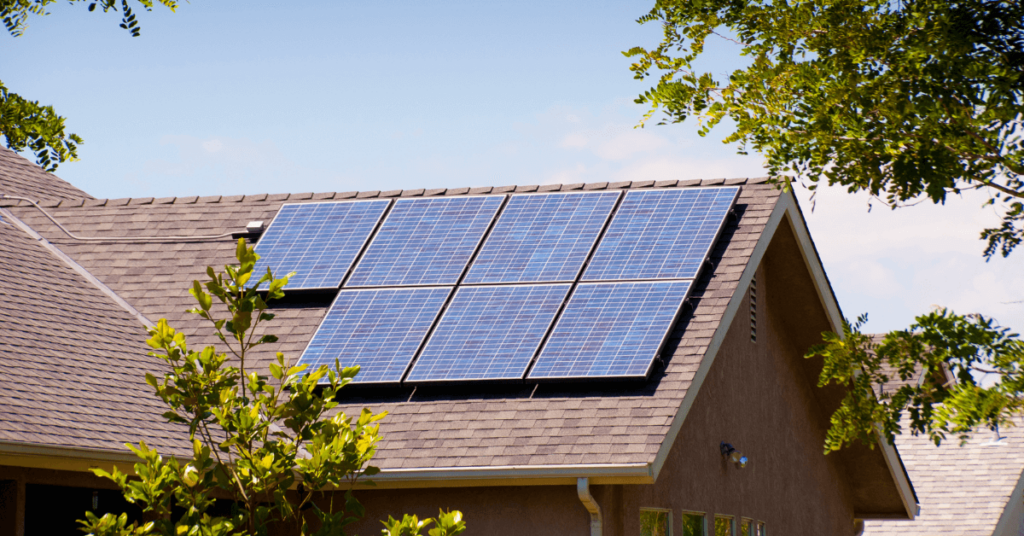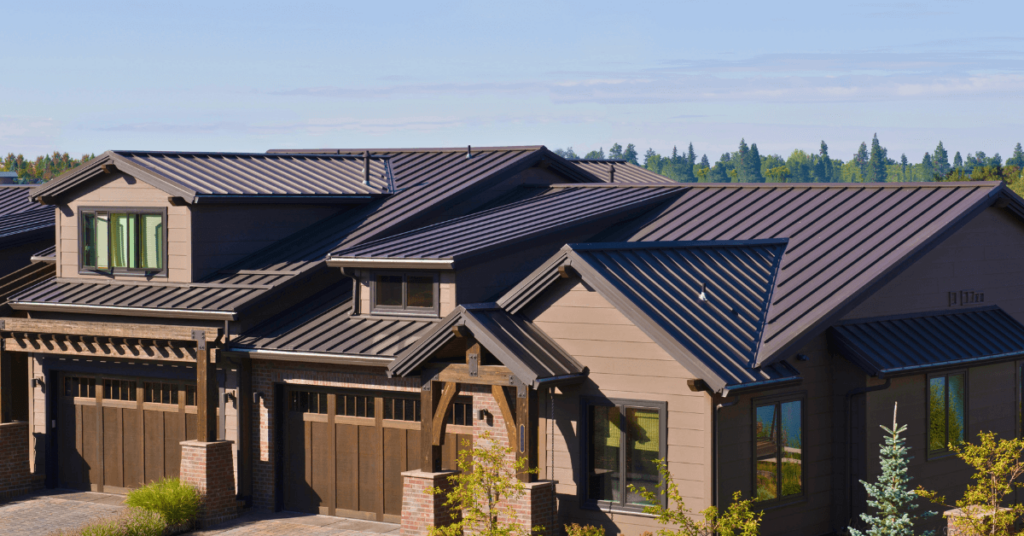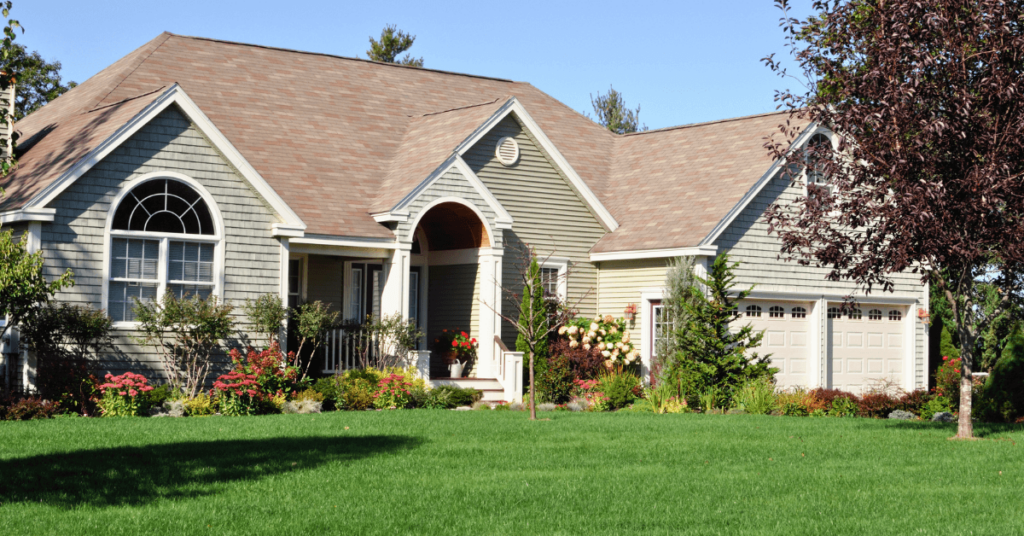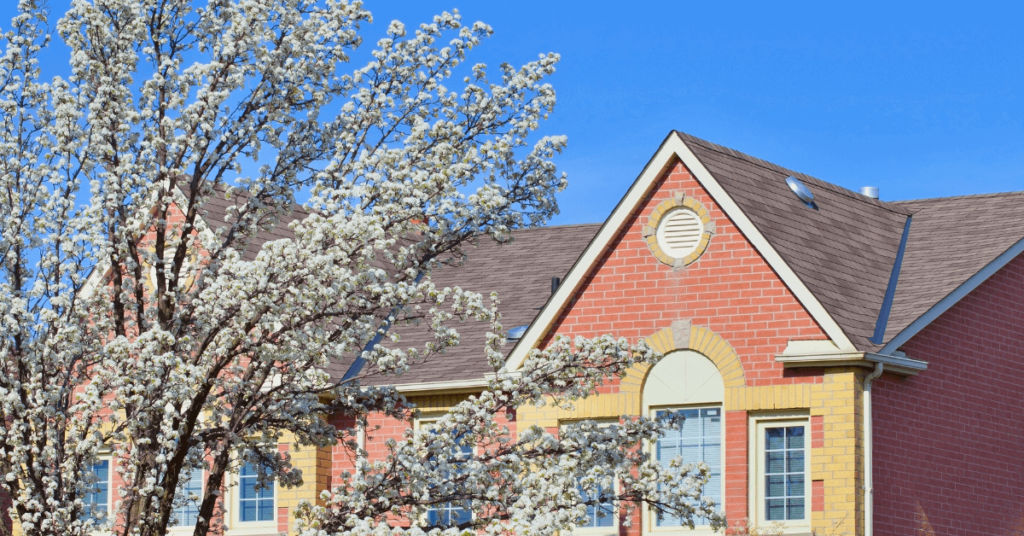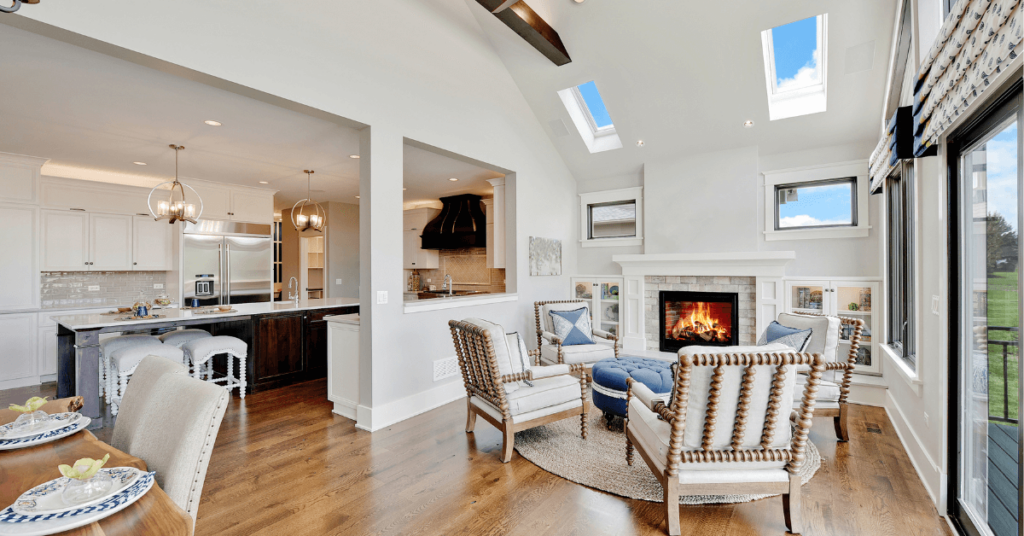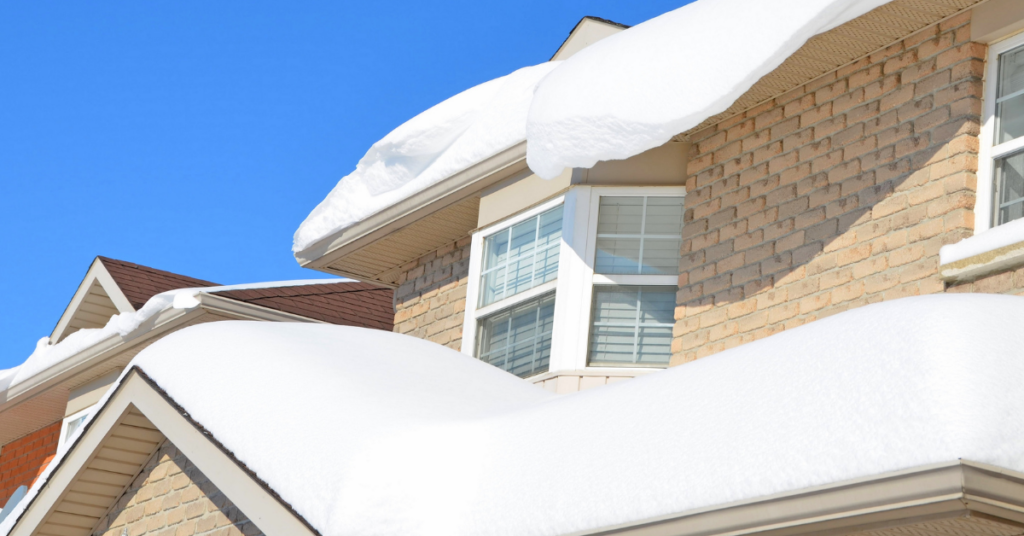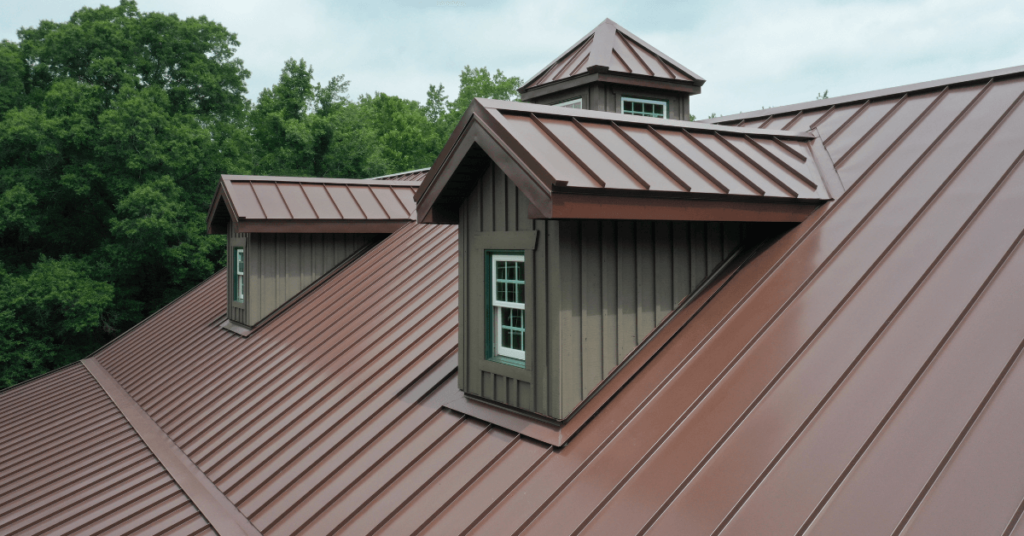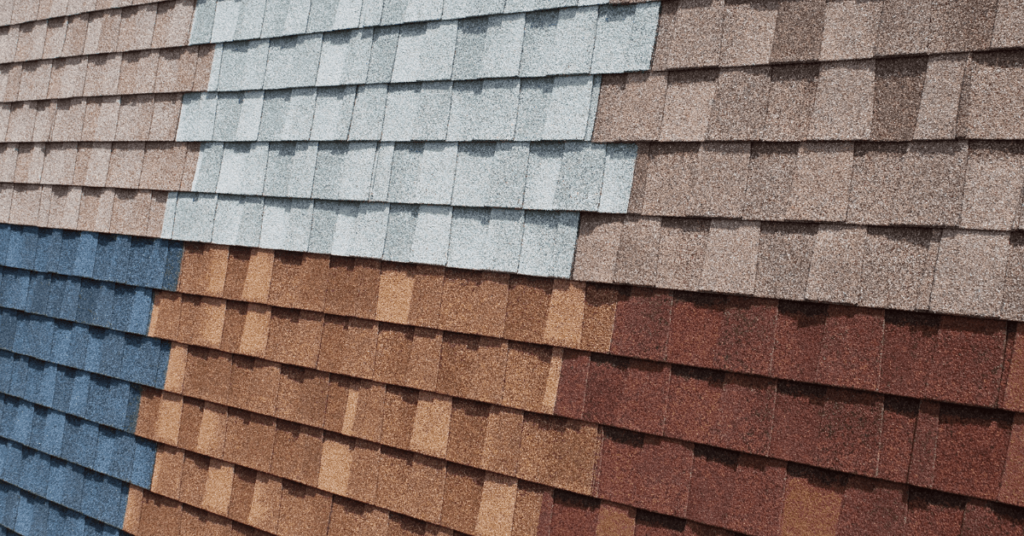September 26, 2023 in Renovation, Tips
The Dos and Don’ts of DIY Roof Repair
Your roof is arguably the first line of defense against bad weather and pests. However, wear and tear can take a toll, causing leaks and other issues. When these problems arise, they need to be taken care of promptly. One option is performing a little Do-It-Yourself magic, which can save you money if done correctly. Let’s look at some dos and don’ts of DIY roofing repair that will help you make informed decisions and keep your home in top shape without costing you an arm and a leg.
Dos of DIY Roof Repair
Safety should always be your top priority. Before even thinking about repairs, make sure you have the right gear. This includes a sturdy ladder, non-slip shoes, gloves, and a helmet. These precautions may seem basic, but they can prevent accidents that could lead to serious injuries or death.
When you are preparing for a roofing project, start by carefully inspecting and looking for any damage. Be on the lookout for missing or damaged shingles, signs of water stains on your ceiling, or sagging areas. Identifying these problem areas is key to effective repairs.
Make sure to use the right tools to ensure your repairs last. These include a hammer, roofing nails, a utility knife, a pry bar, and roofing adhesive. Don’t forget a tape measure and a chalk line to ensure your repairs are precise. When you’re picking out materials and tools, be sure to follow manufacturing guidelines.
Before you start swinging that hammer, create a step-by-step plan. Having a clear strategy will help you stay organized and minimize mistakes along the way. It’s like having a personal roadmap to guide you through the process.
DIY Roofing Repair Don’ts
While small repairs are often manageable for homeowners, it’s important to be aware of all the things you should avoid doing. The first thing you want to keep in mind is this: leave major roofing work to the professionals. If you’re dealing with extensive damage or structural issues, a team of people who do roofing for a living is essential.
Next, avoid cutting corners. Low-quality materials might be cheaper but they can lead to a shorter lifespan for your repair and potentially worsen the problem over time. It’s worth investing in quality products.
Don’t forget to check the weather! You should only repair a roof in suitable conditions. If rain, snow, or heavy winds are in the forecast, a roofing repair shouldn’t be.
Don’t rush. Patience and precision are vital because racing through a roofing job can result in costly errors and injury. Take the time to do it right, so you don’t have to do it over.
Don’t forget the old adage, “An ounce of prevention beats a pound of cure.” Once your repair is complete, don’t forget about regular roof maintenance. Check periodically for any new issues and address them promptly to avoid costly problems in the future.
Conclusion
Maintaining a sturdy roof is essential to protect your home and your family. DIY roof repair can be a cost-effective solution, but you’ll need to carefully consider the dos and don’ts that are outlined here. With the right safety precautions, tools, materials, and planning, you can tackle this confidence and keep your home in excellent condition for years to come. For more information or roof repair advice, contact PJ’s Roofing today!

